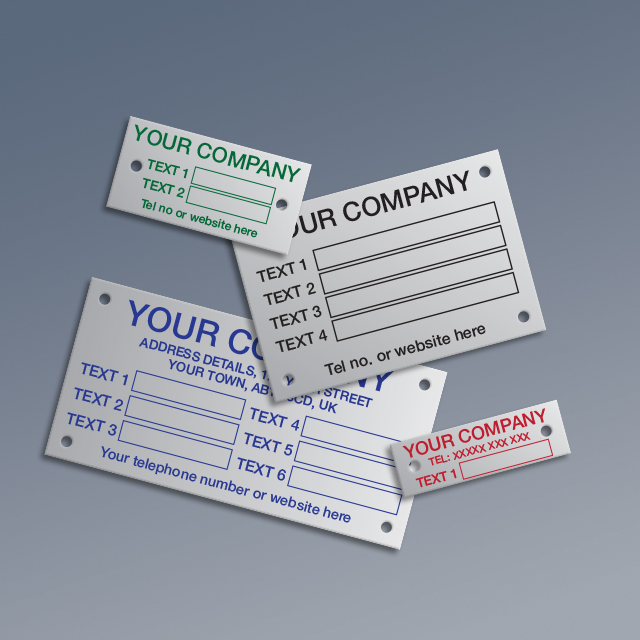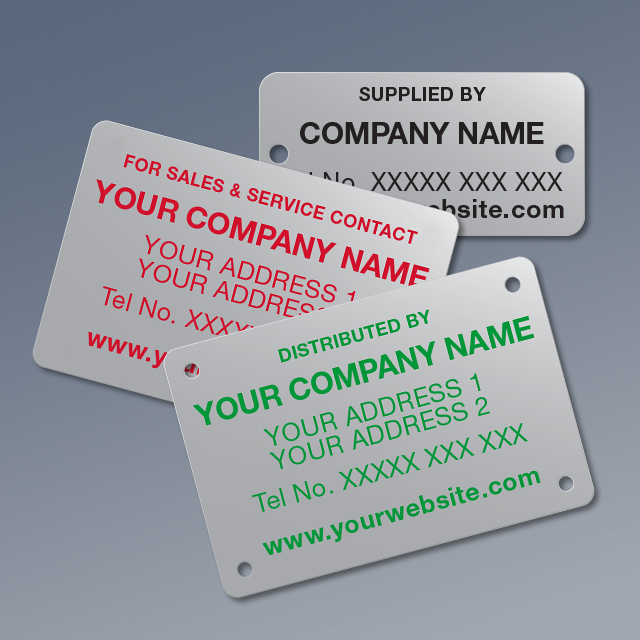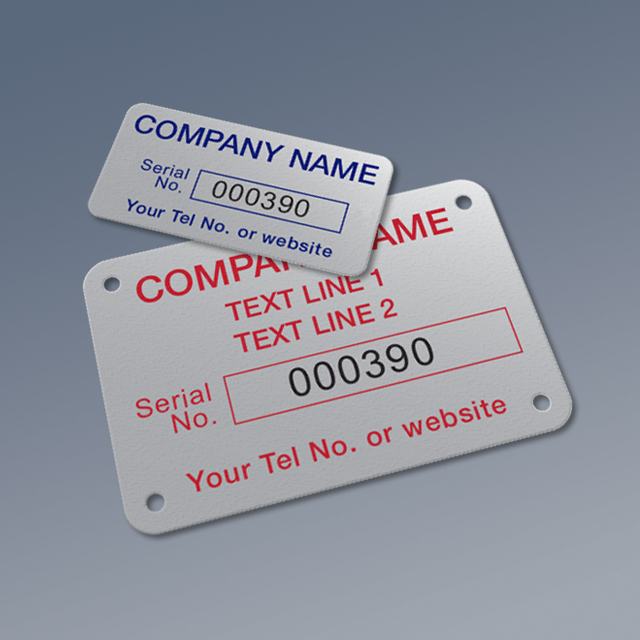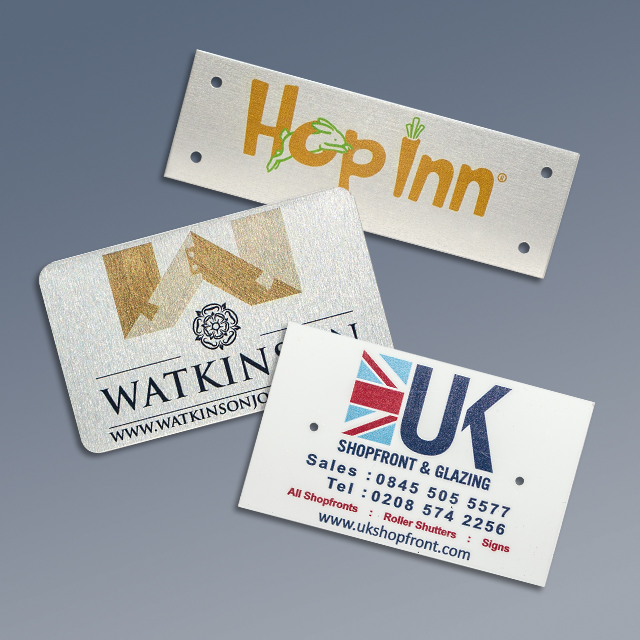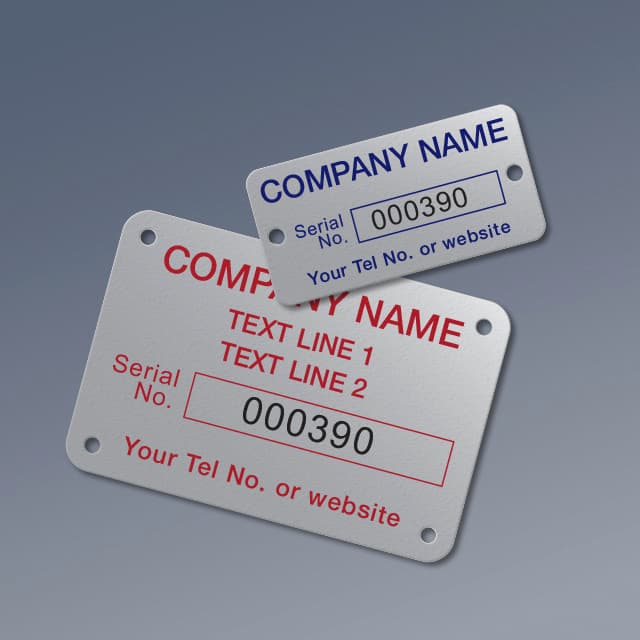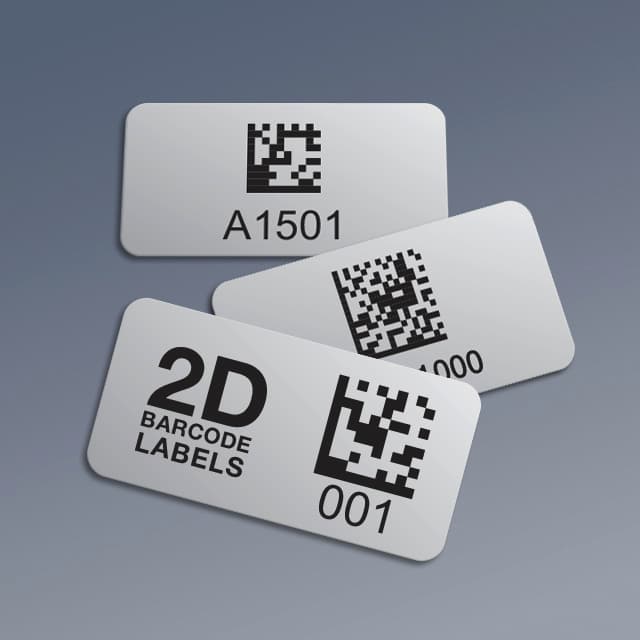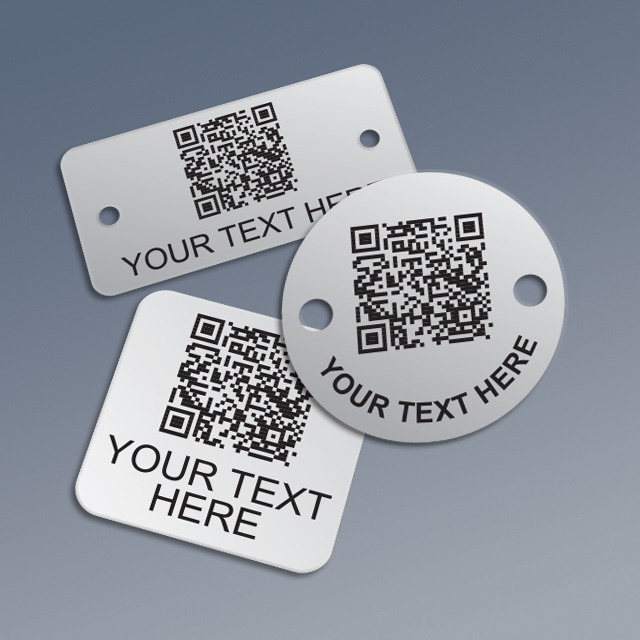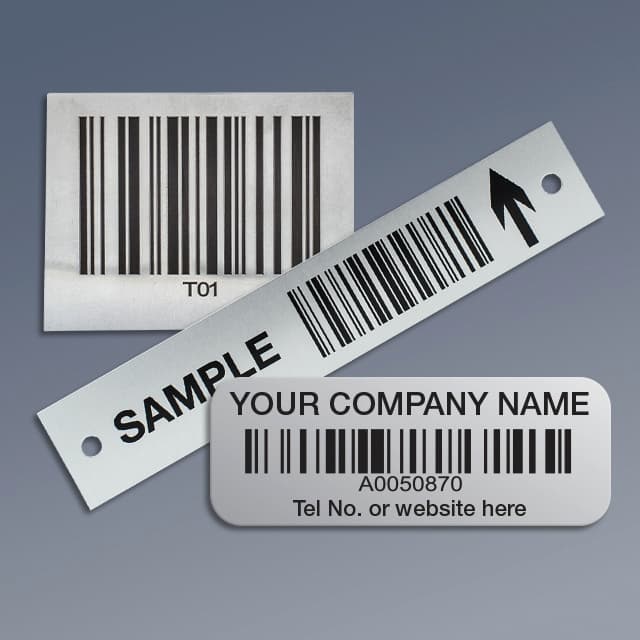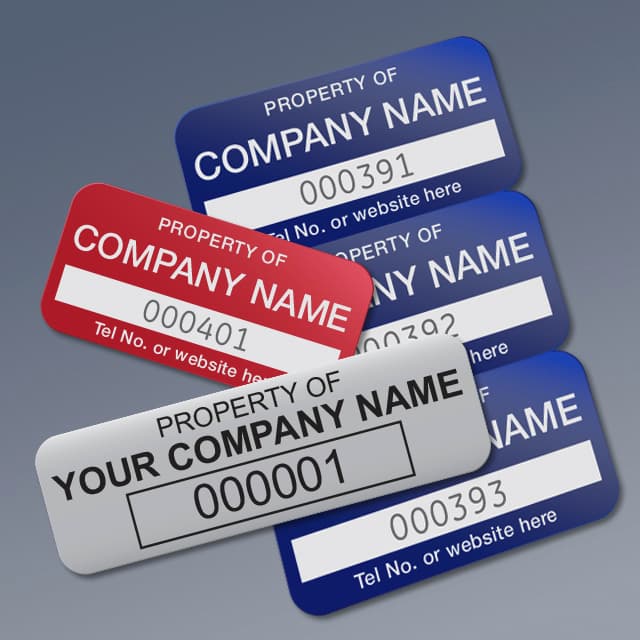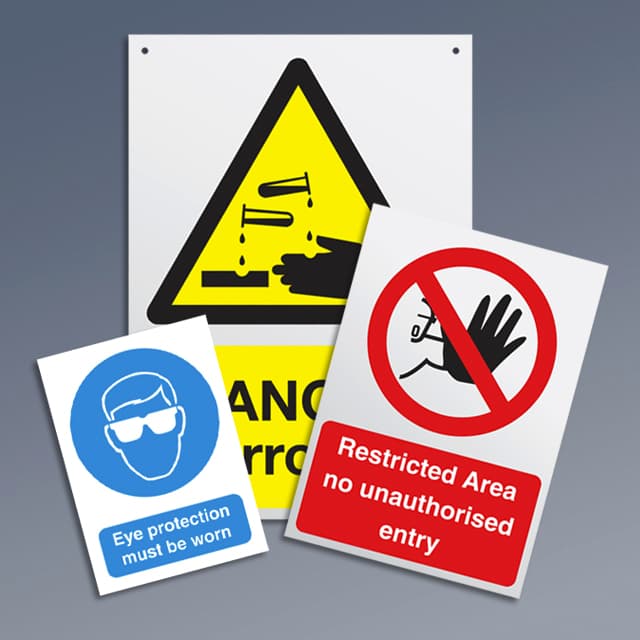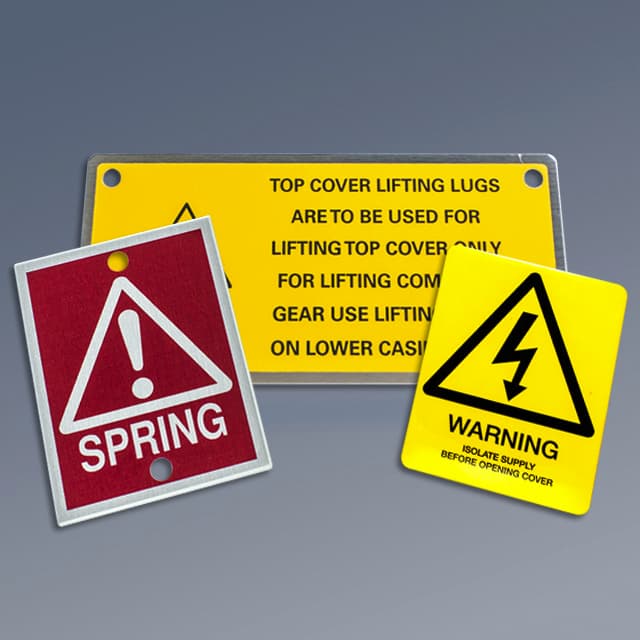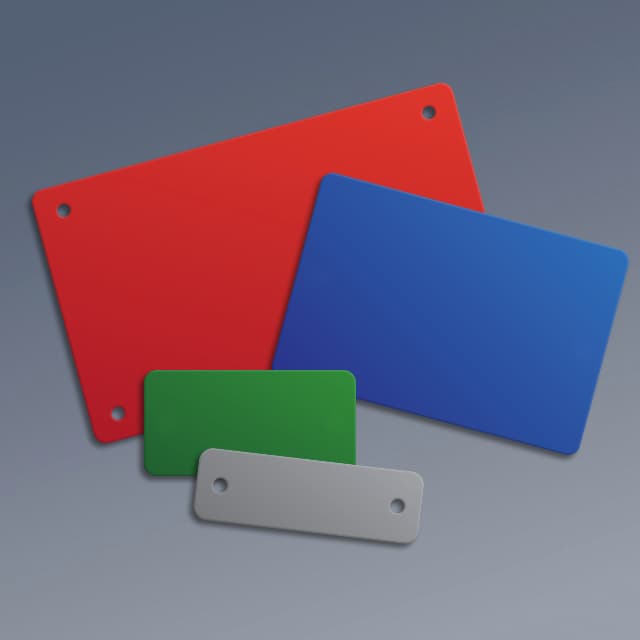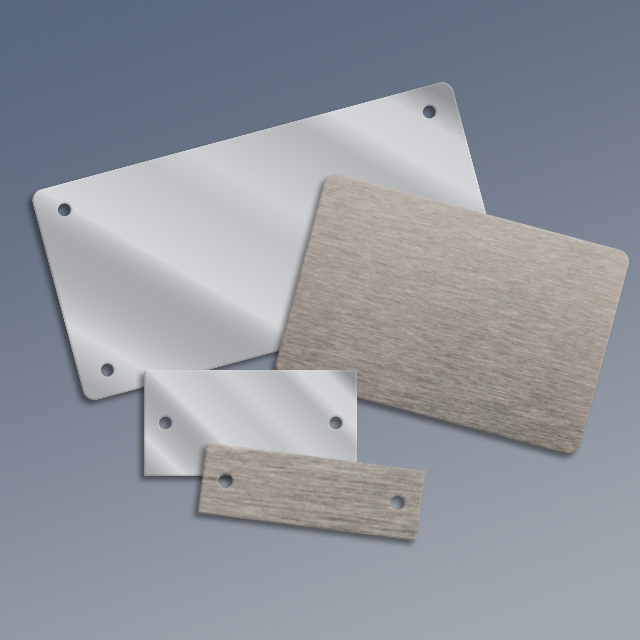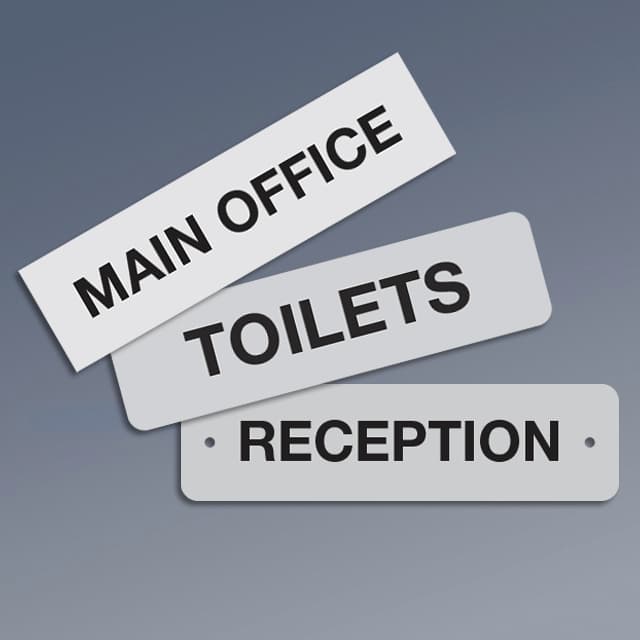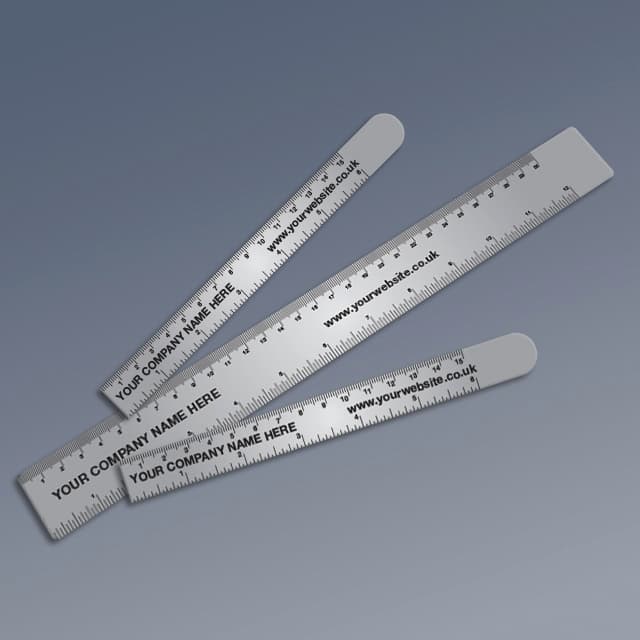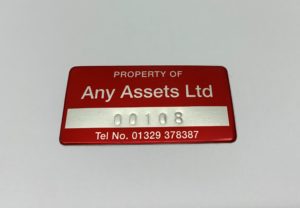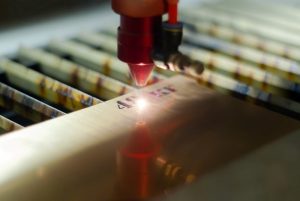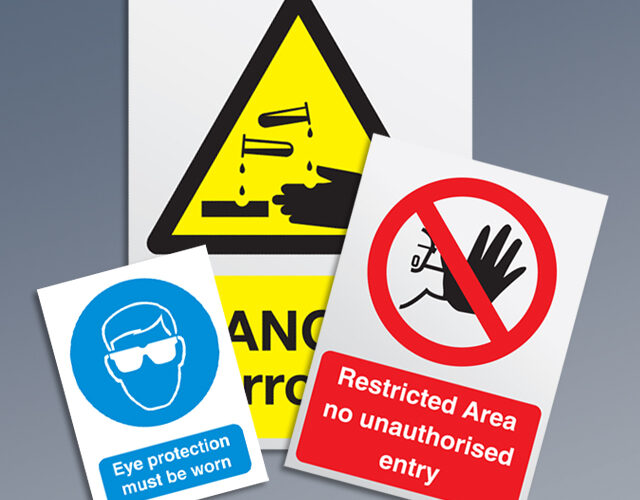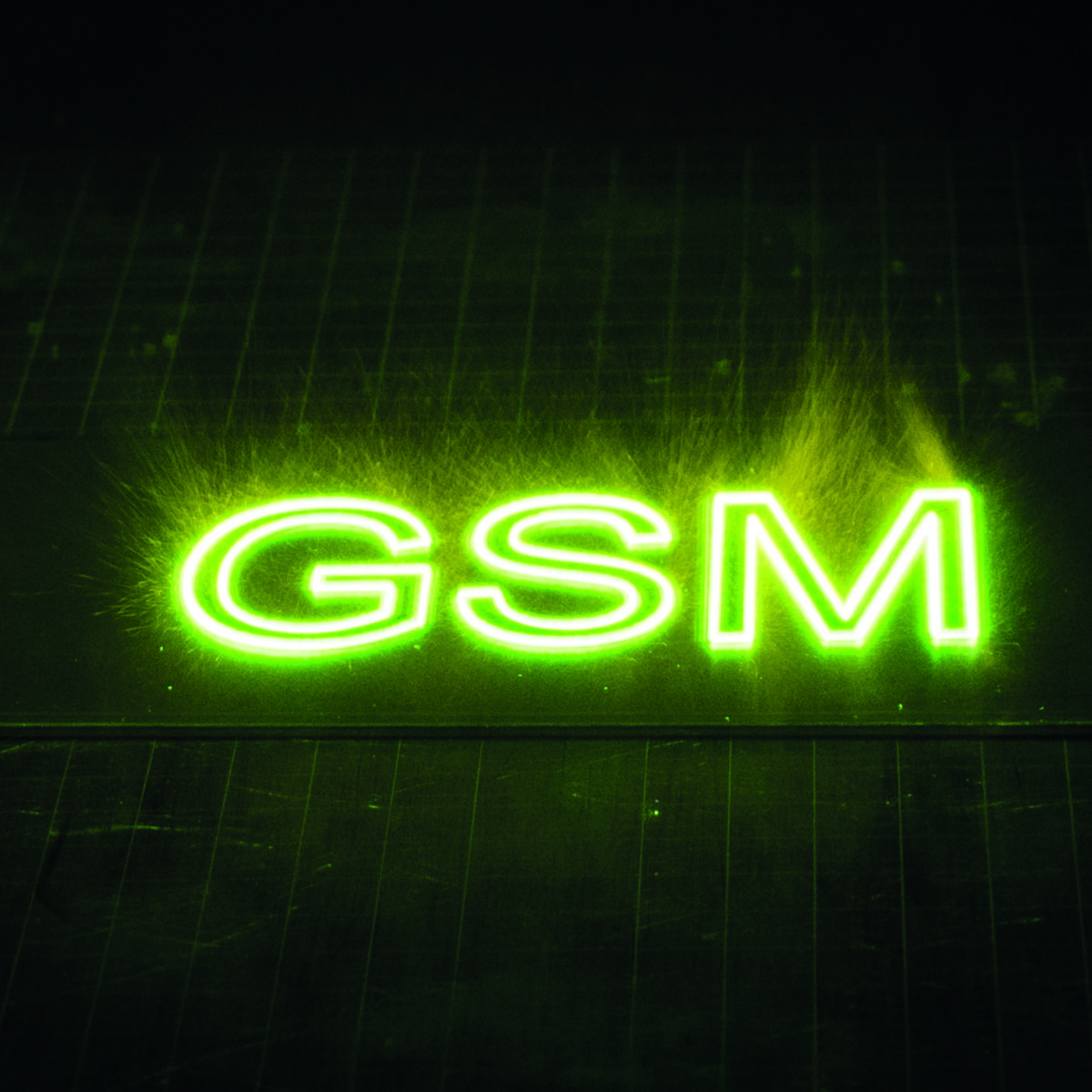
The Evolution of Label Marking
It could be said that in the late 1910’s companies such as Ford recognised that it would be good practice to begin to systematically streamline their production line more efficiently, by including marking on each component of their product. Since then, industrial traceability has become a standard rather than a preference and has moved on drastically since the 1900’s.
Should companies wish to add the required data to their products themselves there are quite a few options available.
Hand Stamping
For very small batches, some companies still hand stamp the required information either directly onto their products or onto a plate that is applied once marked. This process involves using a metal stamping set that is made up of individual numbers and letters that are selected in a sequence to be hit with a hammer so they leave an indent in the substrate.
Since their creation, many sets now include tape or a ‘jig’ to help users keep detail aligned and straight. This is very far away from where metal stamping began originally in the seventh century BC where it was used to stamp precious metals such as; silver, gold and bronze, into shape using hand tools.
Dot Peen Marking
Before tools were created for stamping letters and numbers, these were created by stamping a series of dots that would create the letters or numbers necessary. Now formally known as dot peen marking, it is still a popular method of marking products in industrial markets. Due to the depth that the dots penetrate the metal makes it popular for use across a wide range of industries that may be subject to exceptional environmental conditions.
Moving away from hand ‘dotting’ there are now a range of machines that can dot peen mark into metal. The first machine was used in a factory however now there is a further range of handheld machines used remotely that continue to save time for on-site engineers.
Laser Marking
Laser marking is the most recent invention for adding detail to metal plates. Throughout the 1950’s and 60’s CO2 laser beams were developed to be able to laser cut metal. This was the beginning for laser marking and engraving to be made possible and advance into what it is in this modern day.
CO2 laser marking machines emit laser beams that react with the surface of the metal to produce the detail required. Further development of laser marking now enables colour to be marked onto metal.
It is quite extraordinary how these methods of marking plates stem across all 4 industrial revolutions. Hand stamping was being used prior to the first industrial revolution in 1765 and was developed and evolved throughout the second and third revolution and is still used to this day. Laser marking evolved and came into its own in the third industrial revolution in 1969 and continues to evolve in the fourth industrial revolution using digital technology to improve capabilities.
Where will these methods evolve to in the future? One thing is certain, that there will always be a need for industrial traceability.
